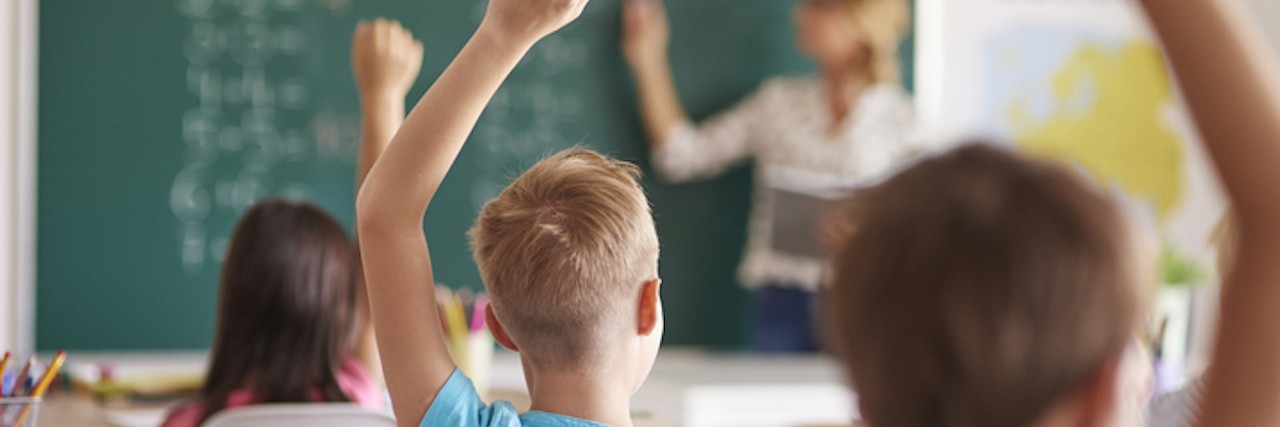As a former teacher and instructional coach, I found many of my students had experienced significant trauma during their childhood. Many of my students lived in poverty and were exposed to an extraordinary amount of community violence, substance abuse and lack of resources. I found many new teachers were ill-equipped to manage the behaviors of some of these students, not understanding the cause of many of these behaviors occurred because their students were in a constant state of survival.
These are the eight strategies I used in my teaching to embed trauma-informed practices in my classroom in order to build trust and resiliency in my students:
1. Provide a safe environment for students.
Provide a safe environment for students that enhances learning and reduces student stress. Research suggests brain plasticity (the brain’s ability to grow and adapt in response to external stimuli) can be enhanced by high quality teaching. The average teacher works with students until they get it right. Expert teachers work with students until they can’t get it wrong. Greet students by name before they come into the classroom and provide time to check in with each of them throughout the day.
2. Create motivational support systems.
Understand student motivation and building positive relationships are vital to the success of students. Align teaching with your students’ interests and learning styles. Poll students to find out what motivates them and build on that. Positive praise goes a lot further than negative consequences. Remember, screaming and punishment do not grow dendrites!
3. Involve parents.
Parents can promote brain-based learning by providing proper nutrition, exercise and enrichment activities for their children. These are things you can review through classroom newsletters and parent engagement meetings. Remember, many parents have not had successful school experiences themselves. They may feel they are inadequate to help manage their children’s behavior. Students who are stressed likely have parents who are stressed. Make sure you communicate with them regularly and reinforce they are a partner in their child’s learning. Respectfully ask if you can do a home visit to learn what life is like for them at home.
4. Build a relationship with your students.
Find time to meet with each student every day. Even meeting students at the door on their way into your classroom provides the opportunity to make a connection. This may require time during lunch, recess or after school. Students don’t perform for teachers they don’t like. Many studies show the correlation between student/teacher relationships and a reduction in stress and disciplinary problems.
5. Incorporate movement in your classroom.
Did you know the average kid spends seven and a half hours outside of school on a screen? Today’s kids are getting less outdoor play and more screen time. Build in some mind body activities into the daily routine and provide opportunities for teaching empathy through role play. Provide opportunities for students to stand, stretch and move. We cannot expect kids to sit for unlimited hours on the rug or at their tables doing work. We do need them to feel physically and emotionally regulated so they are able to attend to the lessons we’re teaching.
6. Shift your instruction.
Many schools don’t offer “hands on” learning opportunities. Provide opportunities to build on student strengths and promote positive behavior outcomes in class. Make sure your instruction is differentiated according to student learning style and interest. Provide an opportunity for assignments to be chunked and student-selected. Give choices when possible.
7. Practice self-care.
Take good care of yourself. Find healthy way to manage your stress, both during the day and at home. Secondary trauma is real and must be acknowledged. If you find you are taking on your student’s stress, make sure you are talking to a trained professional or mentor teacher. Include mindfulness activities such as mandala sheets, visualizations, breathing exercises, feeling wheels, etc. into your classroom instruction and daily life.
8. Understand the relationship between emotions and behavior.
Recognize you can change and influence a child’s emotional state. You are the weather in your classroom. Pay attention to possible triggers that indicate emotions are escalating and engage them before a meltdown occurs. Provide opportunities for students to ask for a break. In my classroom, I provided mandala sheets, sensory activities and a “cool down” center for students to use as needed.
Image via Thinkstock

